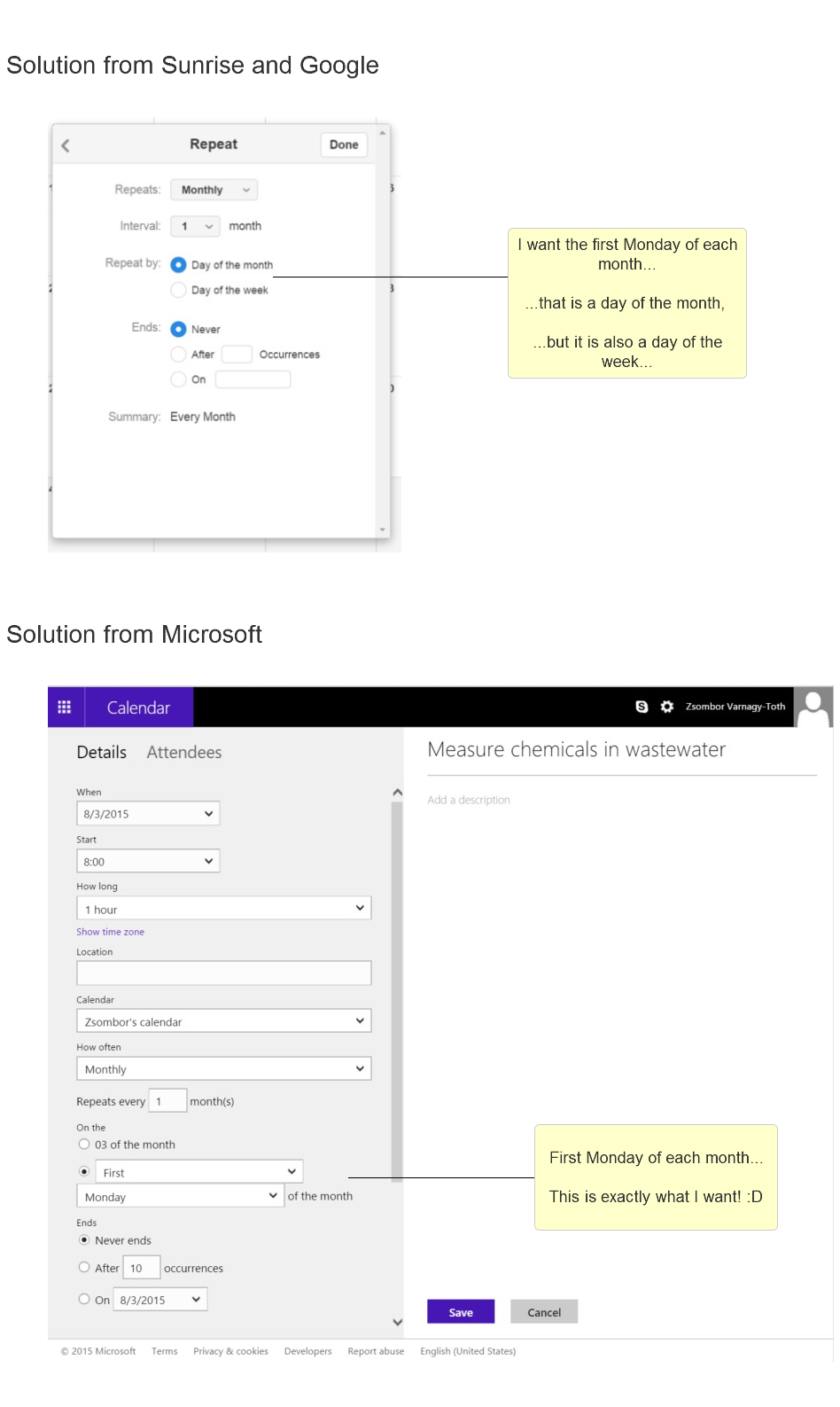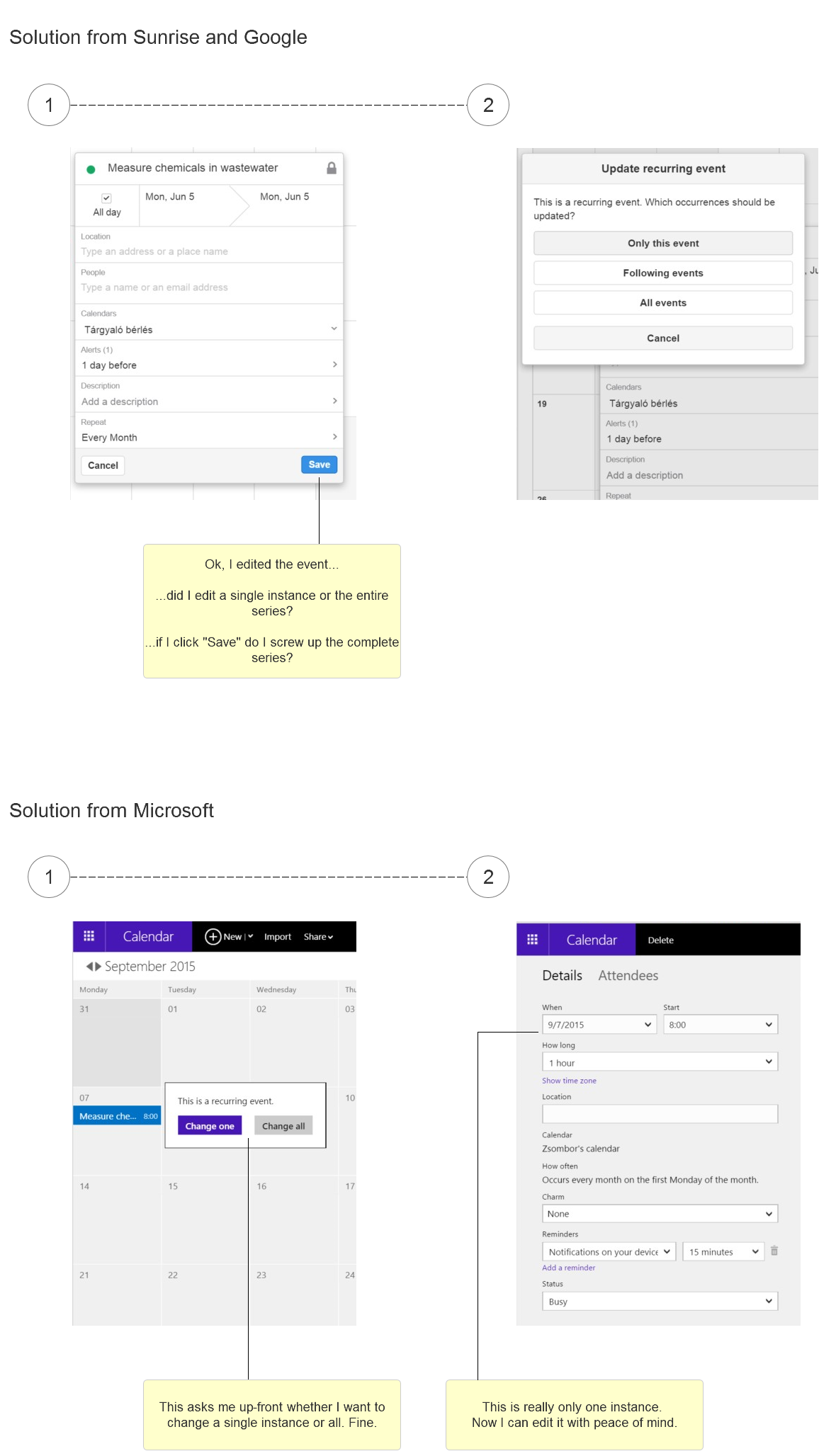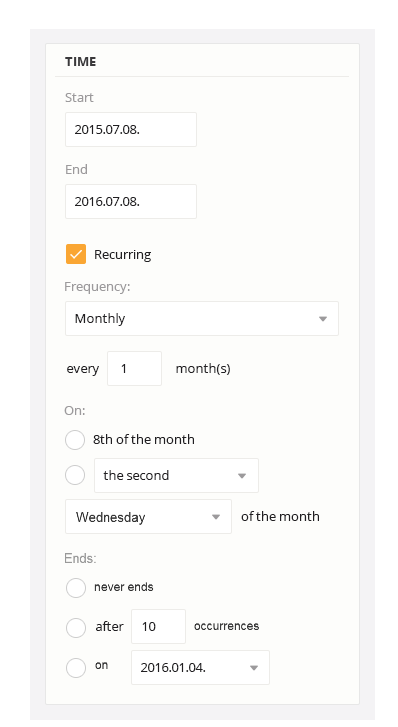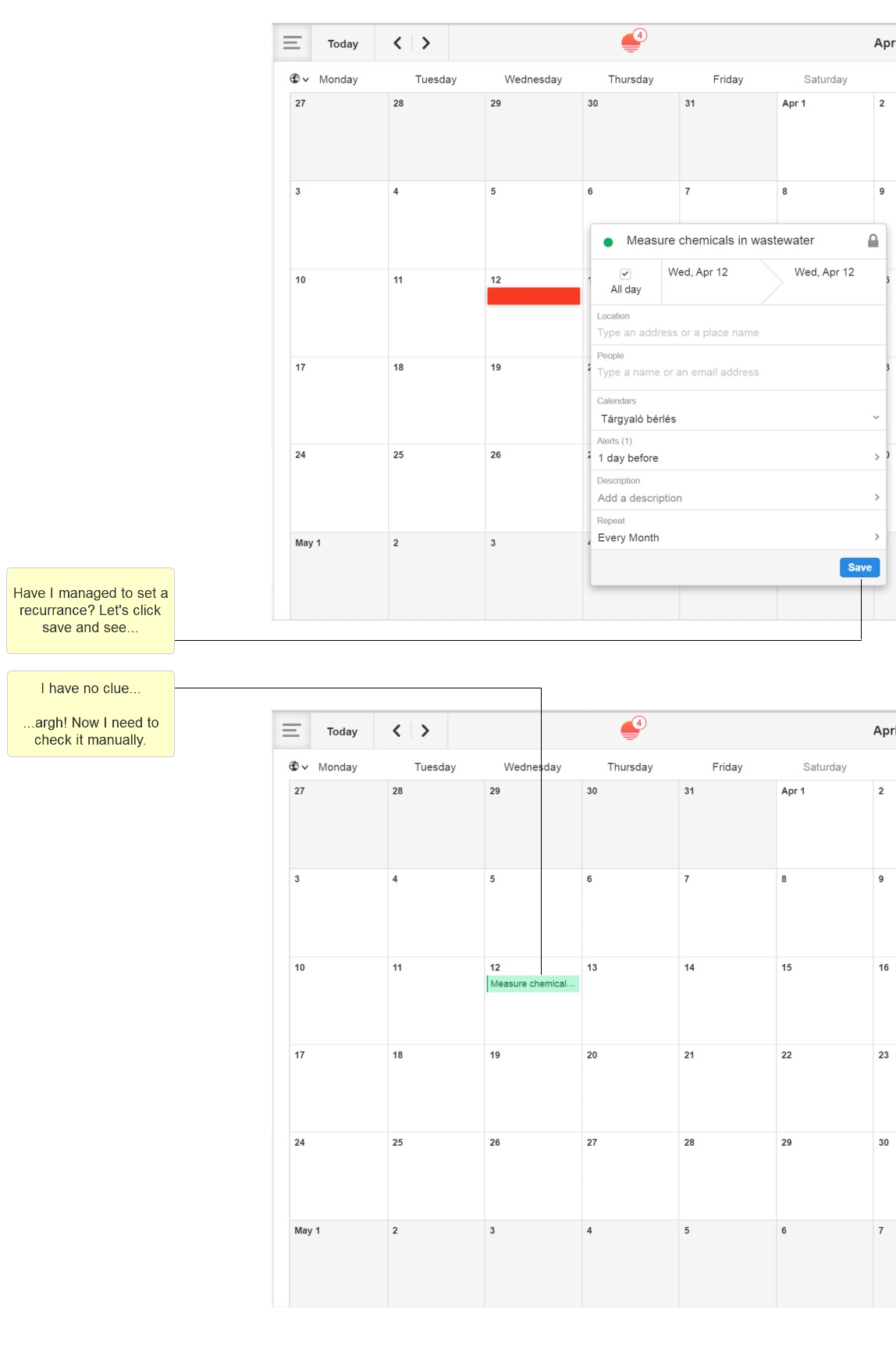Contents
The essence of lean UX is to learn as fast as possible - at uxstudioteam.com we use tons of methods to test ideas and solutions long before they were implemented or even designed. Magically, we can test ideas before the designer drew a single line. In this article we show how - with an example.
How? By testing already existing solutions (aka competitors) and learn from their example.
This time we worked together with the team of Denkstatt. They build the software Envirodata, that helps large companies become eco-friendly. Envirodata enables them to keep up with environmental regulations and keep track of all the activities necessary to comply with regulations.
Compliance with ecological regulations most commonly means that plants need to make measurements and audits on a regular basis. For example you may check the level of certain chemicals in your wastewater; or you monitor your gas emission. Envirodata supports these activities by an advanced to-do feature (among other features).
In Envirodata these activities are typically recurring events – you need to do them on a regular basis. And that’s where to-do lists get complicated.
- how do you set events that should occur every Tuesday and Friday?
- how do you set events that should occur on the first Monday of every month?
- how can you modify only one instance of a recurring event?
Luckily, there are a bunch of calendar apps, which already had to tackle these challenges. Why don’t we test those and cherry-pick the best solutions?
Microsoft vs Google-Sunrise, 2 – 0
We tested three of the most prominent calendars: Calendar Live from Microsoft, Google Calendar and Sunrise Calendar. First we came up with a number of recurring events that Envirodata users typically have and asked users to set those events in these calendar apps. We learned so much!
Monthly recurrence
This was something Google and Sunrise designed the exact same way – and they both confused our users utterly. In contrast Microsoft’s design worked like charm!
Missing feedback
If you are inserting a single event into your calendar, you instantly see it on that day, so you know you managed to insert it. But if you are inserting a recurring event, you only see the first instance, and have no clue if you managed to set up the rest of the series. Non of the tested calendars provided the necessary feedback. Users couldn’t help it, but went forward a couple of months in their calendar to manually double check that the recurrence was there.
Editing one instance in a series
Again, Google and Sunrise came up with the exact same solution, which didn’t work. Microsoft won!
Conclusion
The fastest way to learn is to learn from other’s mistakes. Take their solution, test them with tasks that matter to your users, and see which solutions works best for them.
Here is our version, distilled for the needs of Envirodata users.
Follow us on facebook where we share more case studies and great ideas!
Need help with a well-defined, UX-related problem, with business implications? Let us run a design sprint for you!





